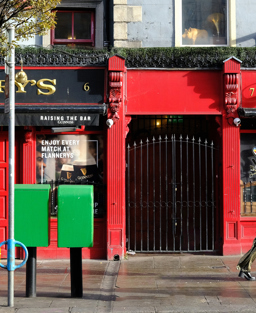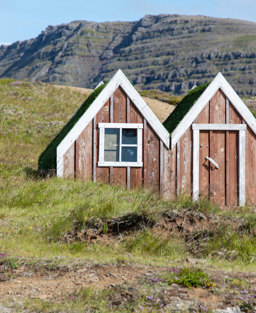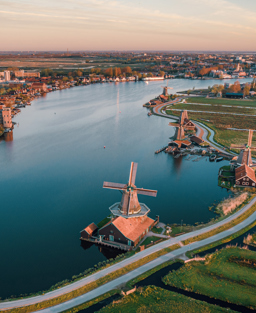

- Promotion
The ultimate winter destination for warm weather wanderlusters
Famous filming locations within ancient city walls, a myriad of museums and galleries, splendid seafood and a sea-meets-mountain backdrop, this European city has it all – plus balmy post-summer temperatures
Words: Agatha Zarzycki
21/08/2025
On the southernmost tip of Croatia’s Dalmatian coast, mediaeval Dubrovnik remains one of Europe’s best-kept secrets for culture and nature lovers seeking gentle winter sun and Mediterranean charm without the crowds. Here, the tranquil turquoise Adriatic laps ancient stone walls of the Unesco-listed Old City and forest-flanked Mount Srđ rises gently behind red-tiled roofs and white limestone streets.
There are scents of salty sea, fresh pine and sun-baked stone, of grilled seafood and floral rožata puff pastries. There are sounds of traditional Dalmatian klapa (a type of a capella singing) and the occasional distant toll of church bells. Greatest of all, there is the feeling that all this is (mostly) yours – at least if you come after summer – and British Airways flies direct from London to Dubrovnik Airport. Here’s what’s not to miss.
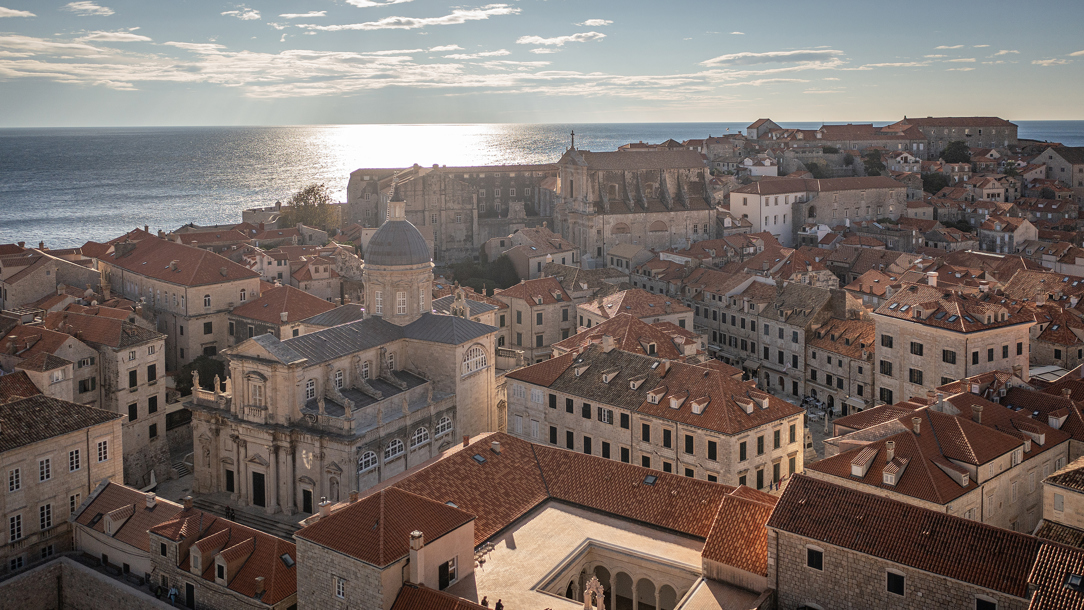
Dubrovnik Cathedral in the heart of the Old Town. Opening image: Fort Lovrijenac outside the western wall of the city
The culture
Dubrovnik’s epic City Walls might come front and centre (as they should), but also deserving credit are its ultra-cool museums. At Rector’s Palace, there’s the Cultural History Museum, housing the Rector’s original private quarters and courtroom from the 15th century: they’re so perfectly preserved, you’ll worry the Rector might catch you having a nosey.
The Red History Museum explores Croatia under Communism (expect vintage typewriters and propaganda posters) or, for something light-hearted, the Instagrammable Love Stories Museum contains everything from real romantic letters to wedding dresses, with contributions from the Game of Thrones cast. Equally worth visiting are the galleries, including Dubrovnik’s flagship fine art gallery Dulčić Masle Pulitika (keep an eye out for work by the late Croatian abstract colourist Ivo Dulčić), and the Museum of Modern Art, set in a gorgeous 20th-century villa overlooking the sea.
The highlight of the year? The Dubrovnik Winter Festival from late November to early January, which transforms the Old Town into a cheerful wonderland with lights, wooden chalets selling hot rakija (fruit brandy) and other traditional treats, outdoor concerts and theatre. Don’t miss the skating rink – a rare sight for southern Dalmatia.

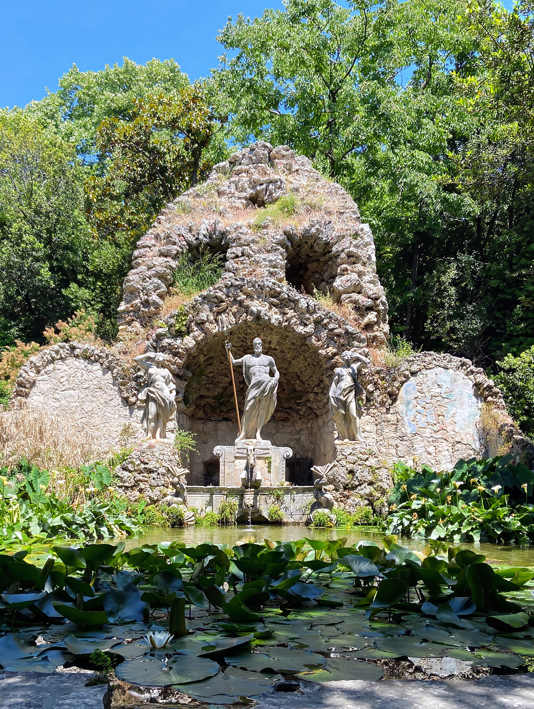
The Old Town framed by the city’s historic walls; Neptune’s Fountain in the Trsteno Arboretum
The history
It’s no surprise that Dubrovnik’s leading lady is the Old Town, whose walls built between the 13th and 17th centuries stretch 2km long, 6m wide and soar 25m high (good luck, enemies). Inside, highlights include filming locations for Game of Thrones, such as Fort Lovrijenac (the Red Keep) – also known as Dubrovnik’s Gibraltar – and the Jesuit Staircase, the site of Cersei’s walk of shame.
Also impressive is Rector’s Palace, GOT’s palace in Qarth and the former seat of Dubrovnik’s head of state. Rumour has it that there’s a secret escape tunnel that leads to the sea. As with most of the Old Town, it’s a stunning example of layered architecture, featuring Gothic, Renaissance and Baroque styles. Who says you can’t experience multiple time periods at once?
The food
If there was an award for the ultimate winter luxury, it would go to sipping a bijela kava (a foamy latte) in an historic open-air café amid soft sun and crisp air, a book replacing your laptop, the cobblestones still bathing in that honeyed morning glow. Dubrovnik’s mild winter temperatures reach around 15°C, making this coffee-sun combo in November or even January the real deal.
The chicest spot to indulge? Café Festival on the stradun (main street) in the Old Town, where live piano music and a view of the famous promenade come together. Add a slice of light and nutty fig cake, and you’ll never want to leave (until lunch or dinner, that is).
Then it’s off to Dubravka 1836 for buzara-style shellfish, cooked in garlic, white wine, parsley and olive oil; or Kopun for ‘dirty macaroni’ (šporki makaruli): beef-tomato pasta with cinnamon or nutmeg – trust us, it’s amazing. Be sure to make a reservation at Restaurant 360, Dubrovnik’s only Michelin-starred affair, set in a restored fortress and offering an Adriatic tasting menu that combines Dalmatian classics and local seafood.

Mediaeval Sokol Grad in the Konavle region
The nature
In a place that blends shimmering sea, sun-bleached cliffs and cypress-clad peaks, hiking Mount Srđ to see it all is essential (the moderate route only takes one hour). Start outside Pile Gate, and follow the trail to Jadranska Cesta, before taking a series of scenic switchbacks. Marking the halfway point is a large stone cross watching over the harbour and city walls, but the most spectacular sight is at the summit: the entire Old Town, and the Adriatic hosting tiny kayakers.
Neighbouring islands appear like emeralds in a blanket of blue, including oval-shaped Lokrum island and, on clear days, the Elaphiti archipelago. Top tip: take a 30-minute ferry to Koločep island for a magical dip at the Blue Cave. A little further is Lopud Island and its sandy Šunj beach, and Šipan, known as the ‘golden island’ for its olive groves.



